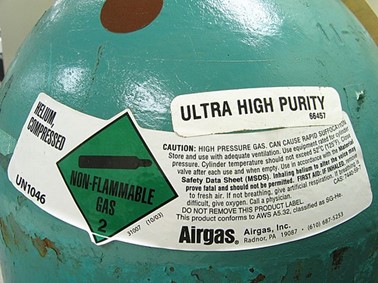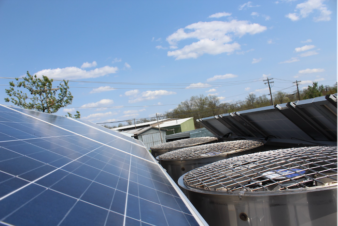Welding is a much-needed profession and a valuable trade to learn. Those interested in becoming welders can attend a trade school or find an apprenticeship. There are different types of welding, with MIG welding being one of them. While MIG welding requires a specific set of tools, many people question whether MIG welding uses DC (direct current) or AC (alternating current).
 What Is MIG Welding?
What Is MIG Welding?
MIG welding is known as gas metal arc welding, and MIG stands for metal inert gas. To MIG weld, you must feed a filler metal through the welding machine that acts as a heat and electrical current supplier. The filler metal provides the current, which then maintains the welding arc. The machine also produces an inert gas to prevent the arc from reacting to the air around it. The inert gas used in MIG welding is typically argon and helium, but also carbon dioxide and oxygen. Carbon dioxide is relatively resistant to chemical changes but less so than helium and argon. One of the downsides to using carbon dioxide as gas in MIG welding is that it’s more difficult to control and requires more cleanup due to weld spattering because it’s only semi-inert.
How Are AC and DC Different?
AC stands for alternating current, which means that the current periodically changes directions, while in DC, the charge only flows in one direction. The differences in the current between AC and DC have to do with how the electrons move through the conductor. Since welding requires a lower frequency and more precise handling, most MIG welders operate with DC rather than AC. However, MIG welders can use AC, but it’s not needed.
When Is AC Welding Used?
Welders typically use AC for arc welding when they want heavy plate welds, fast fills, and are using TIG welding. DC welding is better for those working with thinner metals. Since AC is unpredictable and unreliable for welding, there are certain materials where a welder would use AC. These include heavy metals, thick metals, aluminum, non-ferrous metals, and high-temperature welding.
Why Is DC Used in Welding?
Direct current is more reliable and provides a stable arc, which provides for a smoother welding output with less weld spatter. Welders also like DC welding as they have better control over the weld, and it’s good to use on thinner metals. Depending on their needs, welders can also choose whether they want a positive or a negative electron flow. If they use DCEN, which is a negative electron charge on a direct current, it welds the metal quickly. If they use DCEP, a positive electron charge on a direct current, it deeply penetrates the metal.
Is MIG Welding DC or AC? In conclusion, most of those who use MIG welding use direct current as the current is more reliable and provides a stable arc. If you’re someone who does a lot of MIG welding, it makes sense to rent MIG welding equipment that helps you meet your goals.




Join the conversation: